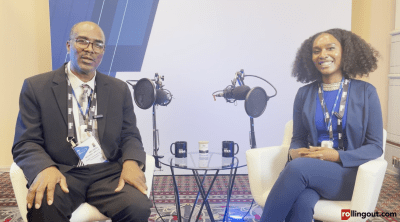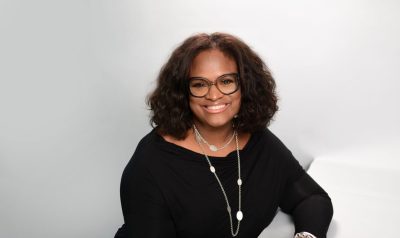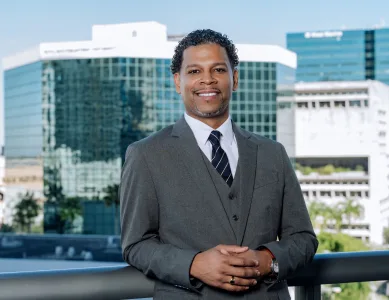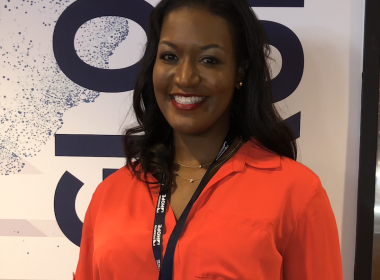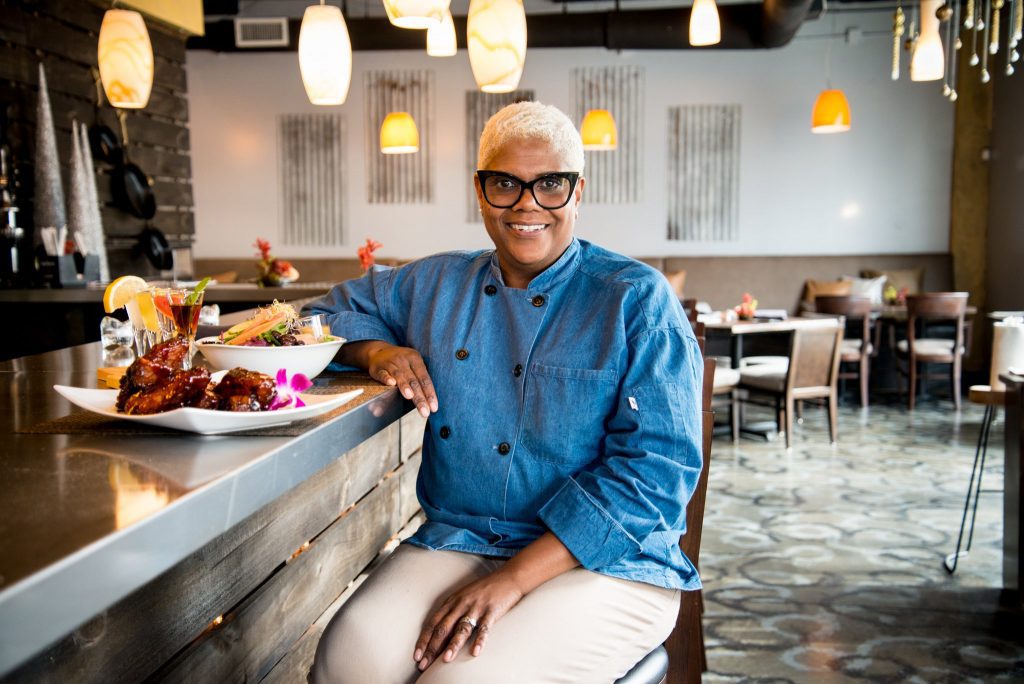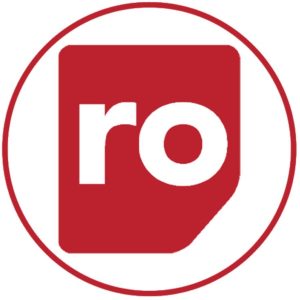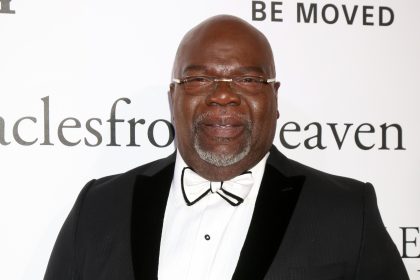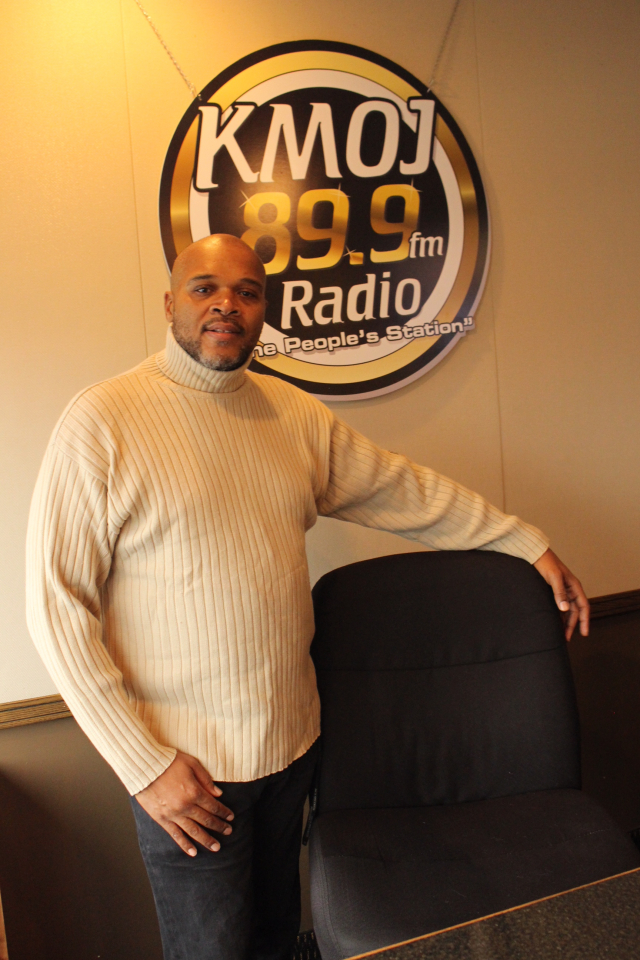
Ray Seville is the underwriting manager at KMOJ radio. “I’ve been here for 12 years and I have a team of about 13 people who do underwriting and sales for me,” he says about his role.
Leading sales at KMOJ is an important role. Seville expounds, “It’s number one here because we’re a community station and we basically survive on underwriting; it helps us give services to the community and inform them of what service are available.”
KMOJ is a nonprofit radio station that services the north side community in the Twin Cities by providing information on education, health and social services, as well as initiatives that uplift the community.
Here, Seville provides more insight.
How involved is the radio station in the community as a community radio station? Do you become more of the pulse of the community?
Back in the day, we were called the heart and soul of the community. Today, we are trying to be more like a current and up-to-date station. Basically, we go with the times and stay true to our nonprofit mission.
On the sales side, if a person is interested in becoming a salesman, what are three things you look for and consider for a person to join the team?
Three things I look for are being able to network, being able to sell themselves and the station and retaining information to present to potential clients.
How important is diversity for the station? Is diversity important?
Diversity is probably number one with us because it helps us reach out to a number of communities — Asian, Hmong, Latino or Hispanic, the African American community and also the white community.
How diverse are your listeners?
It’s funny you asked the question because after working in Minnesota State Fair when thinking about our listeners, we think we’re 70 percent African American, but when you see people supporting us, it’s usual 50 percent Caucasian. It’s totally different from what people say. What you see and what you hear are two different things.
Was that your aha moment?
The support as far as people spending the money on station on are not people of color. The diversity was wide-ranging. People come up saying they’re from Mankato, Minnesota, or from St. Cloud, Wisconsin, and they wouldn’t be from the African American community. It showed us we have a bigger listenership than what we were actually projecting or speaking out to the public.
Was there a paradigm shift? What have you done to capture that diversification?
We’ve been changing the music. We’ve been using more marketing materials. Everybody’s social media — we’ve been asking them to share KMOJ information, which we have KMOJ underwriting postcards along with programming on the backside. We also put more branding out as far as our logo being all over the place when we do events. It’s like KMOJ banners hanging up so that helps show people that how we are here in the community.


